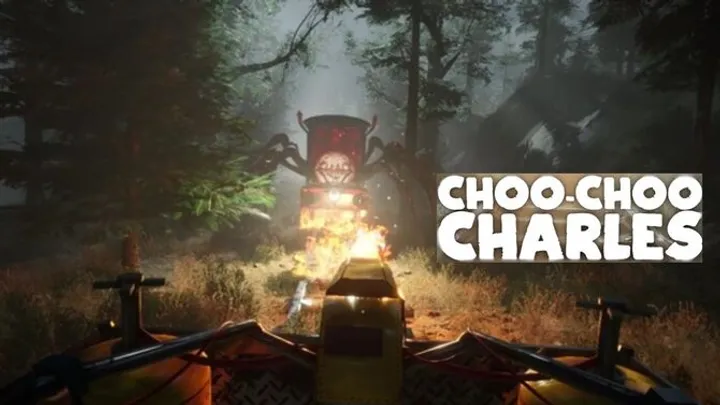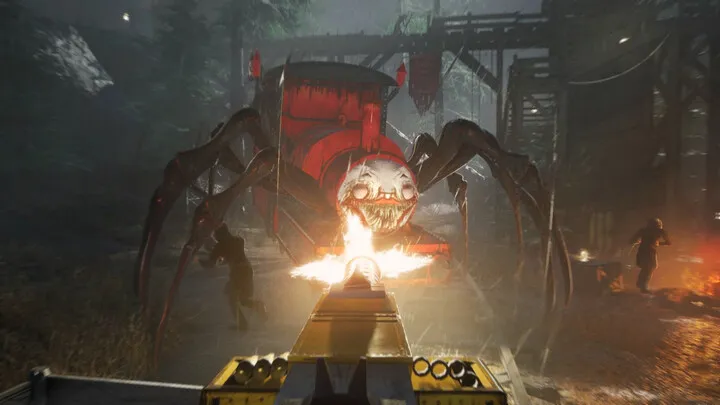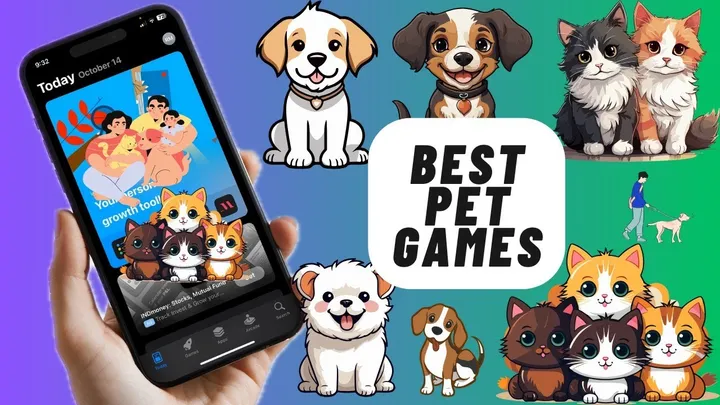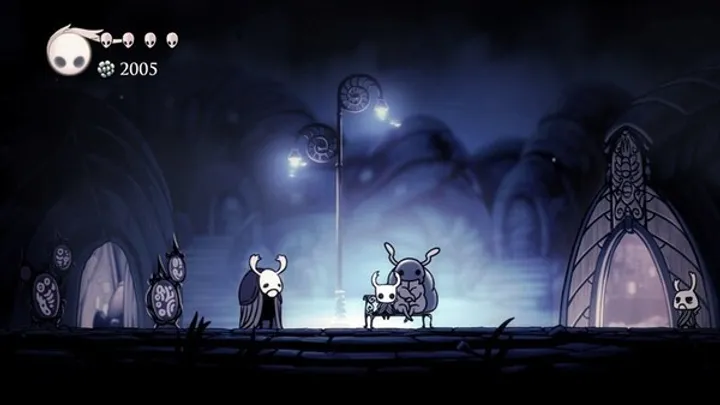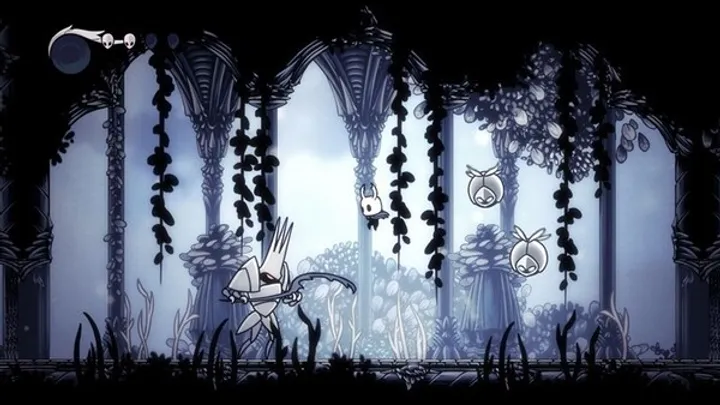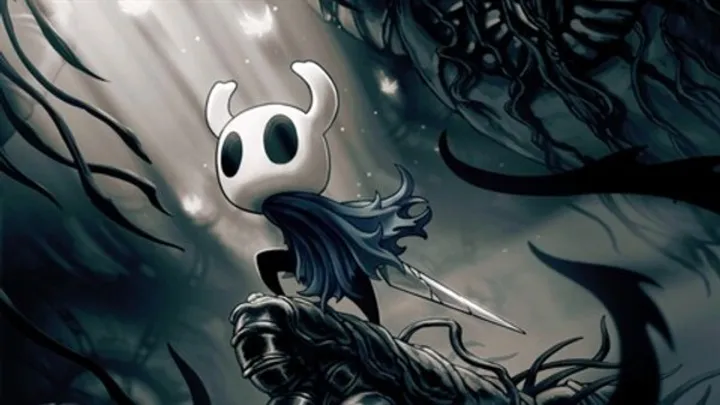Riot Games has long dominated the MOBA genre with League of Legends, but in their bold new project 2XKO (previously known as Project L), the studio attempts to take the complex, team-based strategy of Summoner’s Rift and compress it into a fast-paced tag-team fighting game. The challenge lies not just in developing a new title, but in capturing the soul of League of Legends—its champions, lore, and depth—in a completely different mechanical framework. This article dives deeply into one major issue facing 2XKO: balancing character identity and mechanical accessibility in a competitive fighting environment.
1. The Birth of 2XKO: A New Arena for League Champions
The Legacy of League of Legends
Since 2009, League of Legends has built a universe filled with hundreds of champions, each with unique mechanics, personalities, and roles. This massive ecosystem has given Riot Games one of the richest character pools in gaming history. With such depth, translating these champions into a fighting game seemed like an inevitable yet ambitious leap.
The Announcement and Early Vision
Riot announced Project L during EVO 2019, sparking immense curiosity. Players expected something flashy, but what Riot revealed instead was a philosophy-driven project: a tag-team fighter focused on accessibility, fluidity, and authenticity to League’s world. The developers, led by Tom and Tony Cannon (known for GGPO netcode and Killer Instinct), promised a game with deep mechanics but easy onboarding—a philosophy that mirrors League’s original approach in 2009.
Challenges at Conception
- Adapting hundreds of champions to a fighting engine
- Preserving personality without overwhelming new players
- Ensuring online play with minimal lag (GGPO netcode)
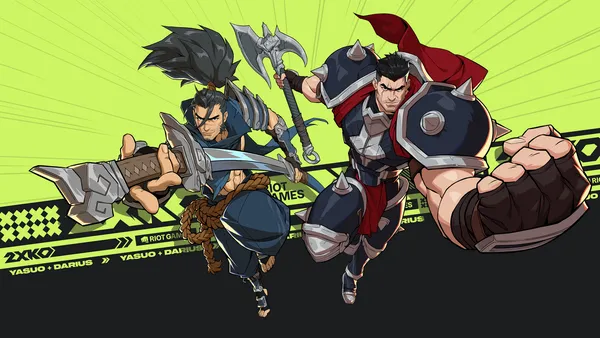
2. The Core Problem: Translating MOBA Complexity into Fighting Simplicity
From Five-on-Five to Two-on-Two
League’s team-based strategy revolves around macro play, objectives, and item scaling. In contrast, 2XKO focuses entirely on micro—combos, timing, and individual skill expression. The developers faced the enormous task of condensing champion kits into simple, readable movesets while preserving their iconic flair.
The Dilemma of Simplification
For instance, consider Ahri. In League, she uses charm, dashes, and magic bursts strategically. In 2XKO, these must translate into a set of attacks that flow smoothly in combos while maintaining her identity as a mobile, charismatic trickster. This transformation highlights the tension between maintaining familiarity for existing fans and ensuring balance for newcomers.
3. The Design Philosophy: Identity First, Complexity Second
Champion Personality Matters
Riot emphasized that every fighter in 2XKO should feel like their League counterpart. Darius, for example, remains a brute-force juggernaut—his axe swings dominate the screen and his ultimate still embodies the “execute” thrill fans expect. But Riot also avoids carbon-copy mechanics; instead, they reimagine champions through the lens of close-range combat.
Balancing Accessibility and Mastery
The Cannon brothers introduced a “tag-team” structure that emphasizes synergy rather than one-on-one endurance. The design aims to give casual players immediate fun, while competitive veterans can master advanced techniques like “assist cancels” and “link combos.” This dual-layer design philosophy mirrors League’s ability to engage both bronze and challenger players alike.
4. The Technical Backbone: GGPO and Fluid Netcode
Why Netcode Is Everything
In fighting games, milliseconds matter. Poor netcode can destroy player experience, no matter how polished the visuals or combat. Riot leveraged GGPO, a rollback-based netcode system created by Tony Cannon himself, ensuring matches feel responsive even across long distances.
Maintaining Global Competitive Integrity
Riot’s focus on latency-free play aims to make 2XKO a viable global esport from day one. The developers also discussed dynamic matchmaking that considers ping and region without sacrificing fairness. It’s a crucial factor for accessibility, given Riot’s global player base across both casual and competitive scenes.
5. Champion Adaptation: Rebuilding Icons from Scratch
Ahri, Darius, and Ekko as Case Studies
The three showcased champions demonstrate distinct design philosophies:
- Ahri represents mobility and charm, emphasizing graceful zoning.
- Darius focuses on brutal, deliberate control of space.
- Ekko introduces time mechanics that reward creativity and risk-taking.
The Challenge of Kit Condensation
In League, these champions have passive effects, scaling mechanics, and item synergies. Translating that into a fighter meant distilling essence rather than duplicating mechanics. Riot aimed for “recognizable gameplay identity,” not identical ability sets.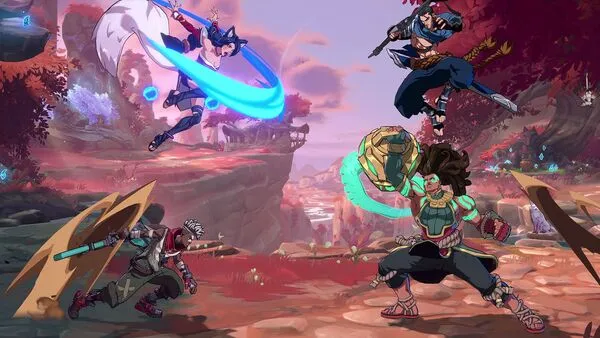
6. The Art and Animation: Expressiveness as Gameplay
From Rift to Arena
Every champion had to be re-animated from scratch. Riot’s artists focused on exaggeration, using bold lines and comic-inspired energy to make attacks readable even at high speed. The art blends League’s fantasy with the kinetic precision of anime fighters like Guilty Gear.
Animation Tied to Function
Each move’s wind-up, impact, and recovery was designed to teach the player visually. This mirrors how Street Fighter and Dragon Ball FighterZ communicate frame data through motion. Riot aims to make every move both beautiful and mechanically instructive.
7. Player Onboarding: Learning Without Frustration
Simplifying Without Dumbing Down
Riot’s biggest goal is accessibility. The team implemented streamlined input commands—no complex quarter circles, just intuitive directions and buttons. Yet, mastery still matters through timing, spacing, and synergy between characters.
Community Tutorials and Practice Tools
Just as League of Legends evolved with practice modes, 2XKO plans to include lab-friendly tools. Players can study frame data, hitboxes, and custom combos. Riot recognizes that fighting games thrive on communities sharing tech and discovering depth together.
8. Competitive Aspirations: Building an Esports Ecosystem
Learning from League Esports
Riot’s experience with global tournaments like Worlds gives them an advantage. Their strategy for 2XKO involves grassroots local tournaments scaling into major esports events, ensuring new players can find paths to pro play.
Balancing the Meta Early
A key issue in fighting games is tier imbalance. Riot intends to release patches frequently, mirroring League’s balance cadence. With modern analytics and global feedback loops, they aim to keep the meta fresh and fair.
9. Community Expectations and Skepticism
The Burden of the League Legacy
Fans of League of Legends expect deep lore, visual fidelity, and iconic voice lines. Meanwhile, fighting game fans prioritize frame precision, combos, and balance. 2XKO must satisfy both audiences simultaneously—a nearly impossible task.
Addressing Fears and Misconceptions
Some worry the game will be “too easy” or “too casual.” Others fear overcomplication. Riot’s transparent developer updates and community-driven design are meant to ease those concerns, ensuring both veterans and newcomers feel heard.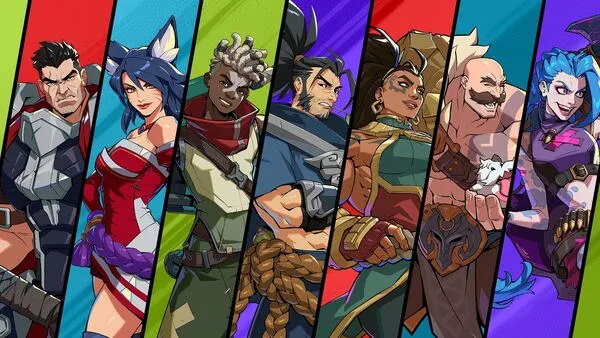
10. The Future of 2XKO: Innovation Beyond Adaptation
From Spin-Off to Standalone Identity
While 2XKO draws from League of Legends, Riot doesn’t want it to rely solely on nostalgia. The vision is for 2XKO to grow into its own competitive scene, where newcomers need not have played League to enjoy it.
Potential for Expansion
Future updates could introduce champions like Yasuo, Jinx, or Katarina—characters with massive fanbases and mechanical potential. Riot also hinted at new, original characters designed exclusively for 2XKO, suggesting a broader universe forming around this new fighting platform.
Conclusion
2XKO represents more than just Riot Games expanding its IP—it’s a bold experiment in translating one of gaming’s most complex ecosystems into a genre defined by simplicity and speed. Balancing champion identity, gameplay depth, and mechanical accessibility is no small feat, but if any studio can bridge the gap between MOBA and fighting game audiences, it’s Riot.
As the game edges closer to release, 2XKO’s biggest challenge remains philosophical: can it remain true to the heart of League of Legends while standing tall as a fighter of its own? If Riot succeeds, 2XKO may not just redefine cross-genre adaptation—it could become the blueprint for the future of interconnected game universes.








